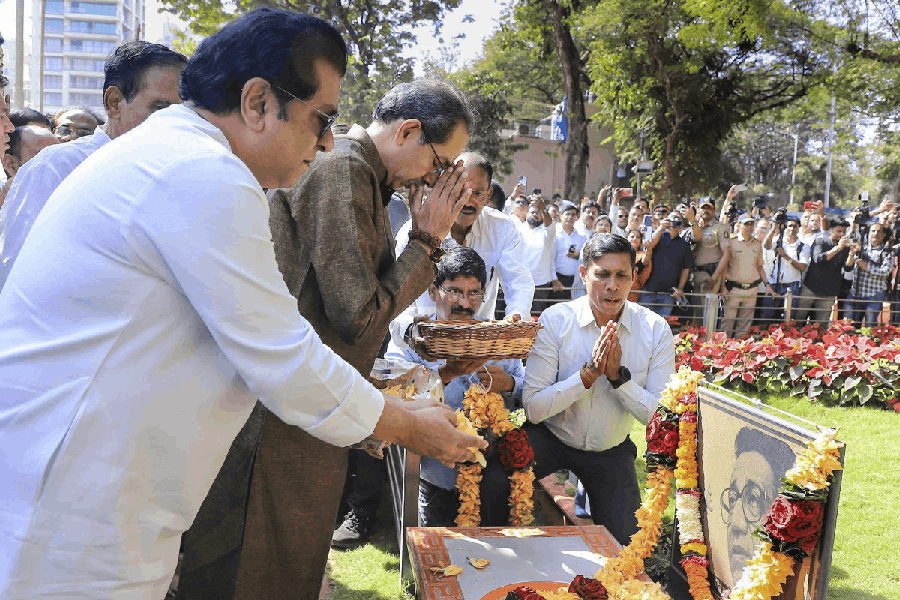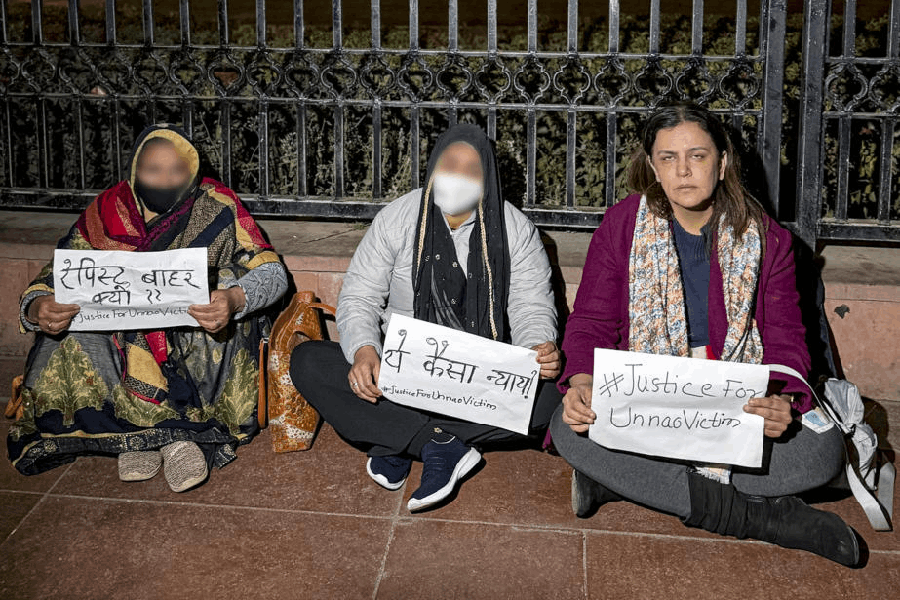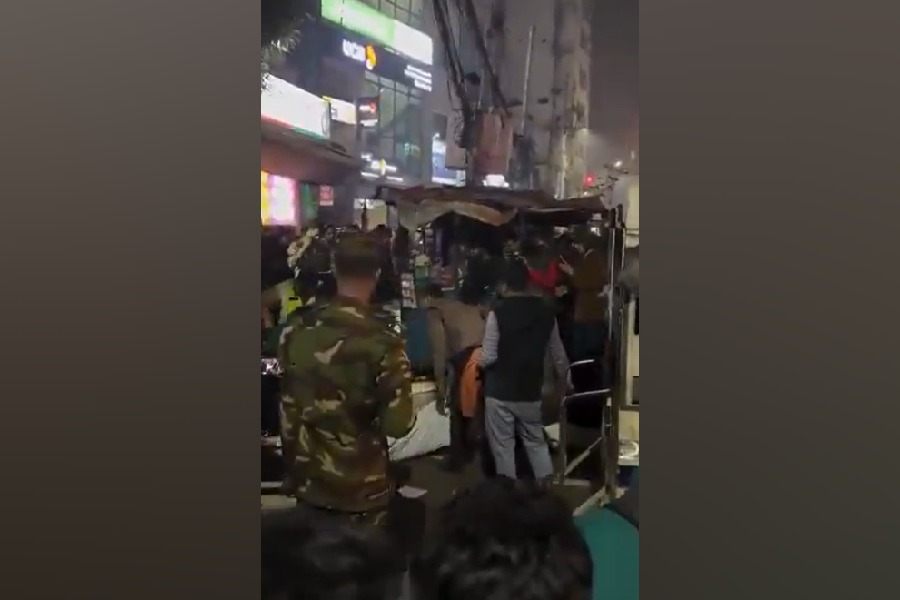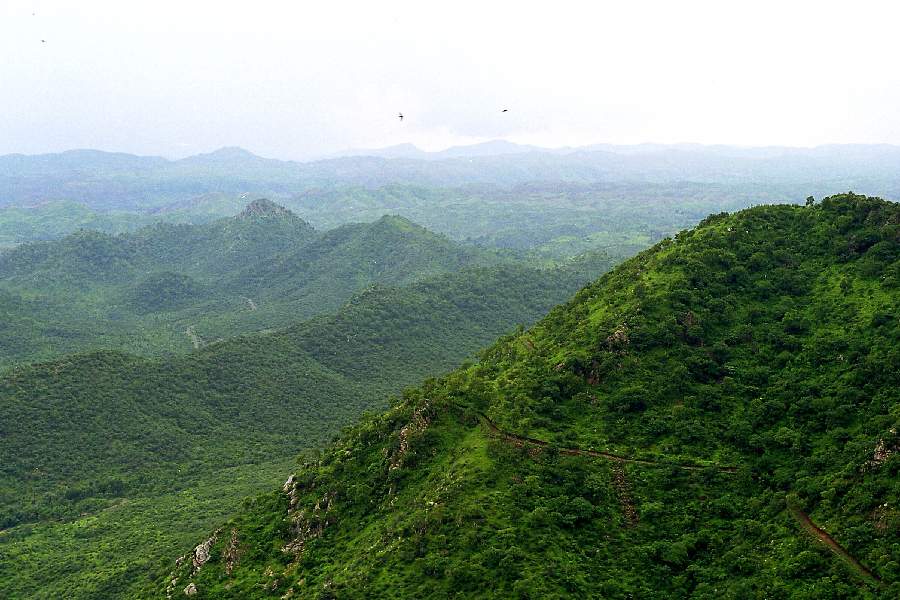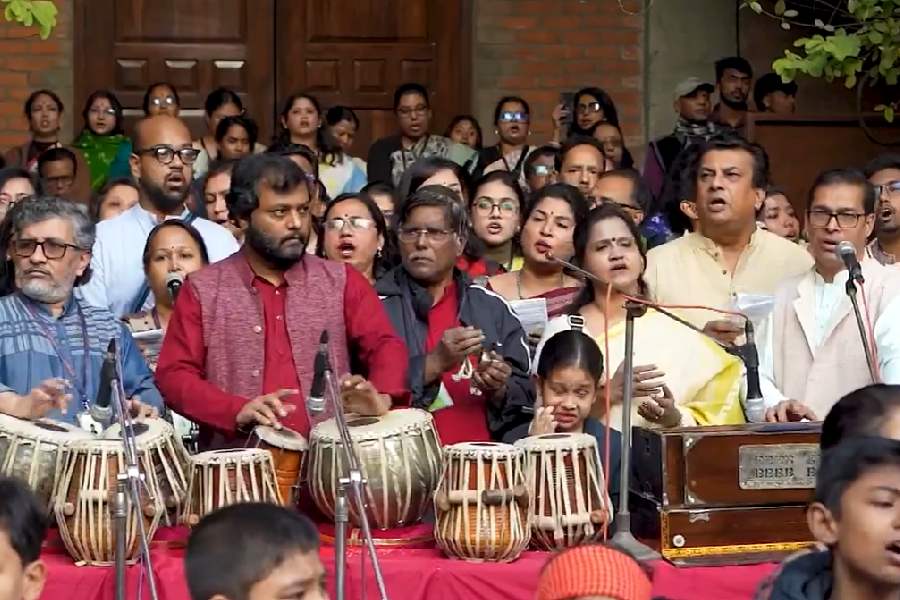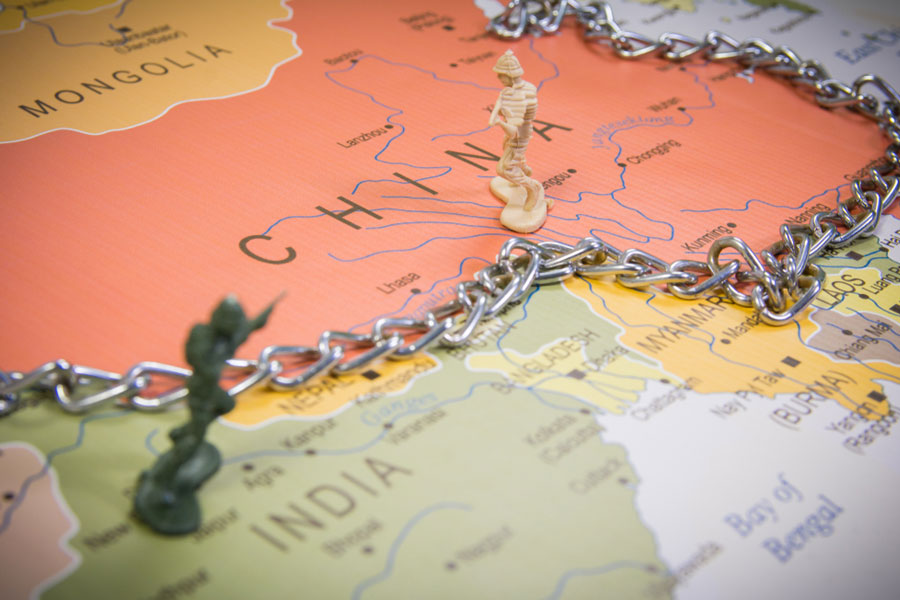New Delhi, Sept. 12: Iranian President Hassan Rouhani has invited Narendra Modi to visit Tehran on a trip that could mark a key global endorsement of acceptability for the Indian Prime Minister once pilloried by the Islamic world.
Officials said the two nations were trying to schedule the trip next year.
Rouhani handed over the invite to foreign minister Sushma Swaraj when they met today on the margins of the Shanghai Cooperation Organisation summit in Dushanbe, Tajikistan — the first major dialogue between senior leaders of the two countries since Modi took over in May.
Modi has indicated that he is keen to visit Tehran and Sushma told Rouhani India hoped to schedule the trip in 2015, senior Indian and Iranian officials have independently confirmed to The Telegraph.
“The Iranian President told the Indian foreign minister that ties with our immediate neighbours and regional powers like India are the most critical elements of his foreign policy,” an Iranian official said. “The Indian foreign minister appeared to appreciate the President’s sentiment.”
Although Modi’s predecessor, Manmohan Singh, visited Tehran in 2012 for a Non-Aligned Movement summit, former NDA Prime Minister Atal Bihari Vajpayee’s visit was the last fully bilateral trip in 2002.
The invite from Rouhani and India’s preparations for a 2015 visit by Modi are significant for India-Iran ties — quietly uneasy over the past three years when New Delhi cut oil imports from the Islamic republic under threat of US sanctions.
Over the past few months, however, as Iran’s nuclear talks with the P5+1 grouping of the UN Security Council permanent members and Germany gained stability, India paid up past dues and indicated its willingness to slowly raise imports again.
India and Iran share similar concerns over the future of Afghanistan after the withdrawal of Nato troops by the end of this year and fears over a revival of a Pakistan-backed Taliban that have viewed Tehran and New Delhi as enemies.
But Rouhani’s gesture and the plans for a visit by the Indian Prime Minister are equally critical for Modi, who was a hate figure in much of the Islamic world after the 2002 riots in Gujarat, which he then governed as chief minister.
Iran is the most populous nation in West Asia, with 78 million citizens, and, along with Israel, is the region’s most stable country. Public endorsement from Iran will also strengthen Modi’s diplomatic leverage with India’s own influential Shia minority.
But it is also one of the few major Islamic nations whose government did not make action by New Delhi on the Gujarat riots a touchstone of their trust with the Vajpayee government — a slice of recent history unlikely to be lost on Modi.
In January 2003 — less than a year after the 2002 violence — then Iranian President Mohammad Khatami had visited New Delhi and upgraded strategic and economic ties with the Vajpayee administration.
Khatami “did not once raise Gujarat” with the Indian Prime Minister, a serving Indian diplomat then involved with the visit recalled.
“He faced bucket-loads of criticism back home for not taking up Gujarat with our Prime Minister, but he never wavered,” the official said. “We respected that — his recognition that the crisis in Gujarat, however sad, was at the end of the day an internal issue for us to resolve.”
Modi also has the opportunity to implement one of the signature projects of India-Iran cooperation: the development of Chabahar port that New Delhi had committed to under Vajpayee.
The port will allow India access to oil, gas and other resources from Central Asia through the Arabian Sea. India has already promised $100 million for the project, and is thinking of investing an additional $150 million if needed, officials said.


